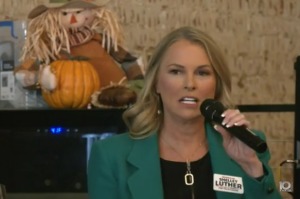Magna Carta Archives Go on Public Display
A copy of the Magna Carta, which is 715 years old, will soon be back for public view. It will be up at the National Archives after restoration work was completed to remove old patches and repair minor tears in the historical document.
In addition to the restoration of the physical document, the National Archives announced on Thursday that the medieval document will be encased in a specifically designed and humidified glass and metal case.
That particular edition of the document is the only original Magna Carta in the United States and will return to public display Feb. 17, according to The Associated Press.
The project was able to be completed due to a $13.5 million gift from philanthropist David Rubenstein. Rubenstein came into possession of the historic document from an auction in 2007 for $21.3 million, as reported by The Denver Post.
Rubenstein, a co-founder of the private equity firm The Carlyle Group, said he obtained the document, previously owned by Texas billionaire Ross Perot, because he wanted it to stay in America.
Being a self-proclaimed lover of all things historical, Rubenstein gave it to the National Archives on a long-term loan.
As a lover of history, Rubenstein became an expert on the Magna Carta, which dates back to 1215.
That is when noblemen came together to declare their rights to King John, including the first rule that led to the principle of "no taxation without representation" and the right to a jury trial.
"If you read the early writings of Hamilton and Jefferson and Adams and Madison, many times they say it's because of the Magna Carta that we're doing this," Rubenstein said.
There are 17 remaining copies of the Magna Carta. 15 are in Britain, and one is displayed in Australia's Parliament.
The American copy was one of four reissued in the year 1297. It carries has the wax seal of King Edward I of England. The 1297 document became the law of the land in England.




























